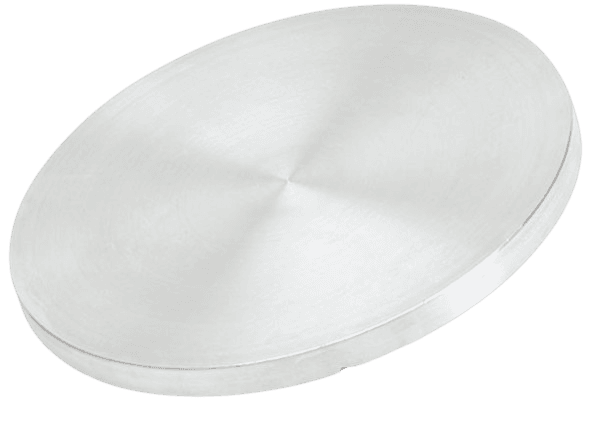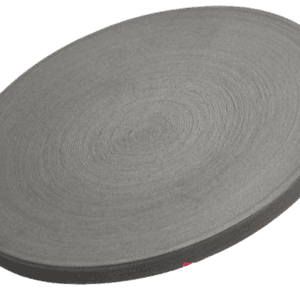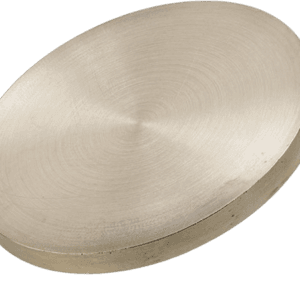Lutetium Sputtering Target Description

Lutetium Sputtering Target Specification
| Material Type | Lutetium |
| Symbol | Lu |
| Color/Appearance | Silvery, Metallic |
| Melting Point | 1652 °C |
| Density | 9.840 g/cm3 |
| Thermal Conductivity | 0.164 W/cm/K @ 25 °C |
| Coefficient of Thermal Expansion | (r.t.) (poly) 9.9 µm/(m·K) |
| Available Sizes | Dia.: 1.0″, 2.0″, 3.0″, 4.0″, 5.0″, 6.0″ Thick: 0.125″, 0.250″ |
We also offer other customized shapes and sizes of the sputtering targets; please Contact Us for more information.
Lutetium Sputtering Target Applications
The lutetium sputtering target is used for thin film deposition in applications such as decoration, semiconductors, displays, LEDs, photovoltaic devices, functional coatings, optical information storage, glass coatings (including car and architectural glass), and optical communication.
Lutetium also has the following applications:
– Serving as a catalyst for polymerization and hydrogenation processes, as well as for cracking hydrocarbons
– Being used in detectors for positron emission tomography (PET) to detect cellular activity in the body
– Being utilized in cancer treatment
– Determining the age of meteorites
Lutetium Sputtering Target Packaging
Our Lutetium Sputtering Targets are clearly tagged and labeled externally to ensure efficient identification and quality control. We take great care to prevent any damage during storage and transportation.
Get Contact
TFM offers Lutetium Sputtering Targets in various forms, purities, sizes, and prices. We specialize in high-purity thin film deposition materials with optimal density and minimal grain sizes, which are ideal for semiconductor, CVD, and PVD applications in display and optics. Contact Us for current pricing on sputtering targets and other deposition materials that are not listed.


 MSDS File
MSDS File



Reviews
There are no reviews yet.